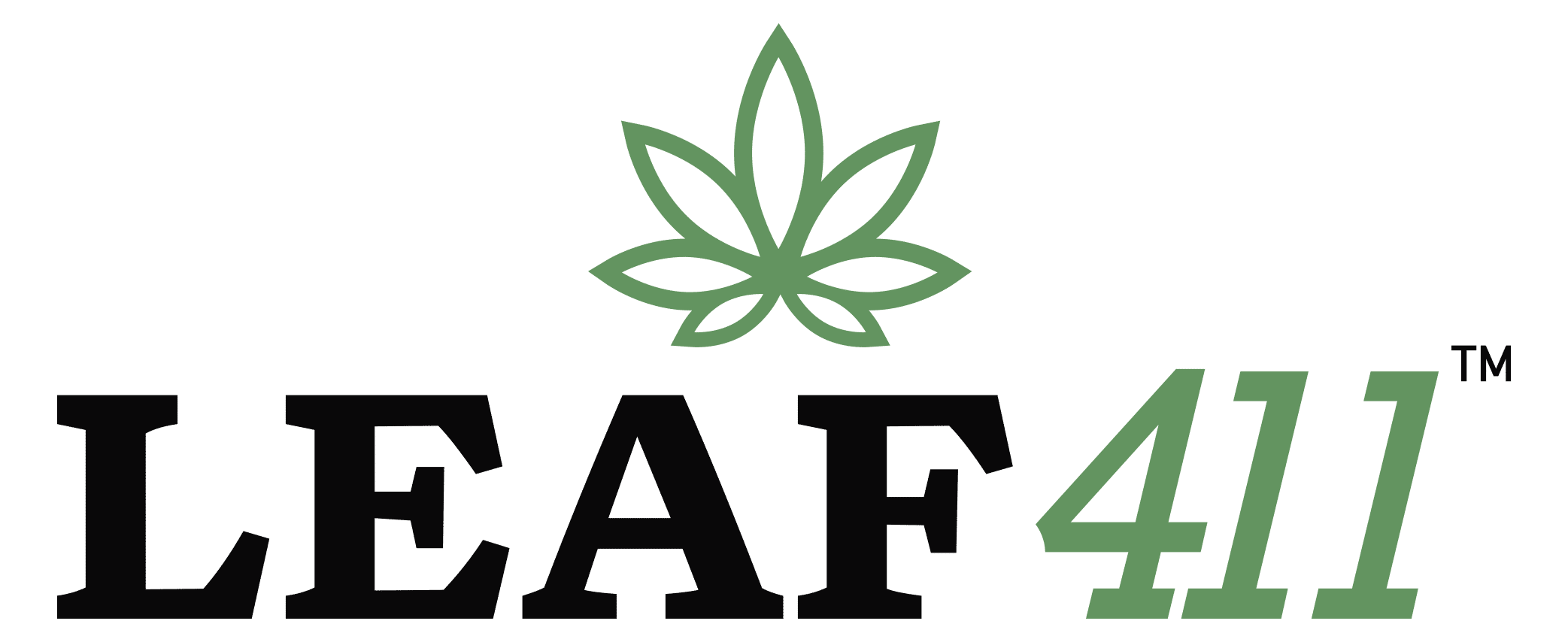State laws determine what cannabis products are legally available where you live
Medically reviewed by Katherine Golden, RN
Written by Denise Rustning
As we enter 2021, medical marijuana is legal in 38 states plus Washington D.C., and adult-use (recreational) marijuana is legal in 15 states, with several other states, including New York, poised to legalize adult-use in 2021.
If you live somewhere with legal cannabis, you might assume that the products you find locally are the same as you’d find in other legal states, but in fact, that’s not the case at all. The cannabis edible or flower (bud) found in Florida’s medical marijuana market will be different from what’s available in Oklahoma’s medical marijuana market, even if it says that it’s the same strain/cultivar or comes from the same brand.
Why Does Cannabis Vary Across States?
There are two big reasons for why cannabis differs across states:
- Cannabis remains federally illegal. As a result, cannabis plants and THC products are prohibited from crossing state lines, even between two legal states located right next to one another, since federal law governs interstate commerce.
- In legal states, marijuana regulations vary widely with different rules for packaging, dose sizes and even the types of products that are legal. State regulations also determine how you can get your cannabis, either by curbside pick-up, drive-thru, or delivery.
An Example from Two States: Cannabis Regulations in Florida Compared to Oklahoma
Going back to our example of Florida versus Oklahoma, we can take a look at how Wana’s medical marijuana market gummies have different packaging and product design across the two states. Wana’s website features photos and details for all their products by state on their website, making the comparison easy.
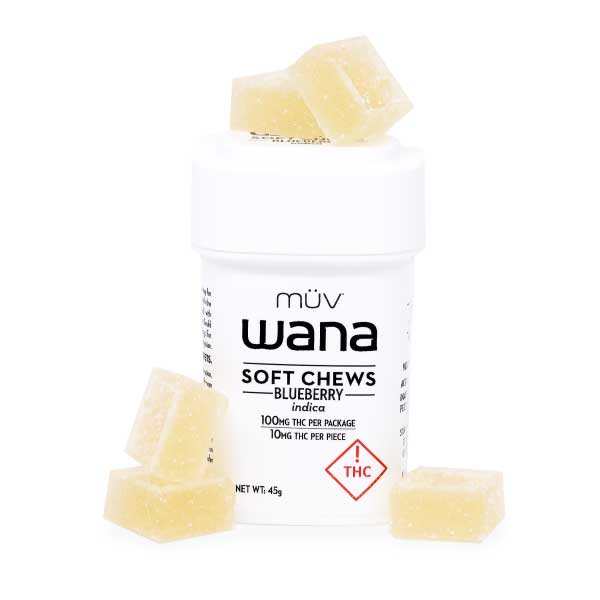
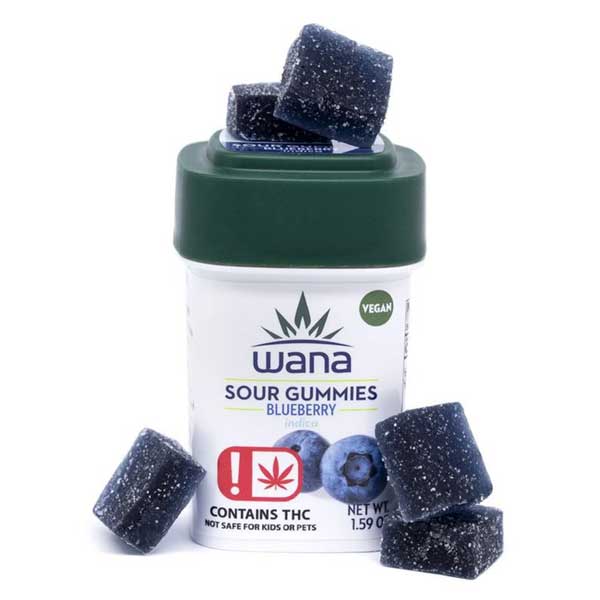
As you can see, the Wana products sold in Florida look quite different than those sold in Oklahoma! The Florida Department of Health, Office of Medical Marijuana Use, set strict rules for edibles, including requirements that they are not “of a primary or bright color” and cannot resemble any commercially available candy. Florida also requires white packaging that does not contain any images other than the required THC warning, while Oklahoma—the other image shown above—allows images, logos and other package coloring.
When it comes to potency, Florida has a limit of 10mg of THC per piece, while other states have higher THC limits for edibles. Looking at the two examples above, both contain 10mg THC per piece, though Wana also offers high-dose products in Oklahoma with up to 50 mg THC per piece. Other brands in Oklahoma offer gummies with up to 100 mg THC per piece, ten times the limit in Florida!
That’s one reason it’s always important to check the label for potency and dose size, especially when visiting other states. You may think you’re buying the same product you use at home, only to discover that the potency is different due to regulations in the state you’re visiting.
The same rule applies when recommending cannabis-infused products to a friend in a different state—the edibles in their state’s dispensaries may have different potencies than the ones that are available to you.
Our Leaf nurses understand how cannabis products vary between states and they can guide you on safe use with the variety of products you may have on hand. That’s why the nurses ask you to describe the product packages you have and ask where you are located when you call our free hotline (844-LEAF411), so that they can make suggestions for safe and effective use based on products available in your area. They will also guide you to the many vetted resources of support members we have listed by state.
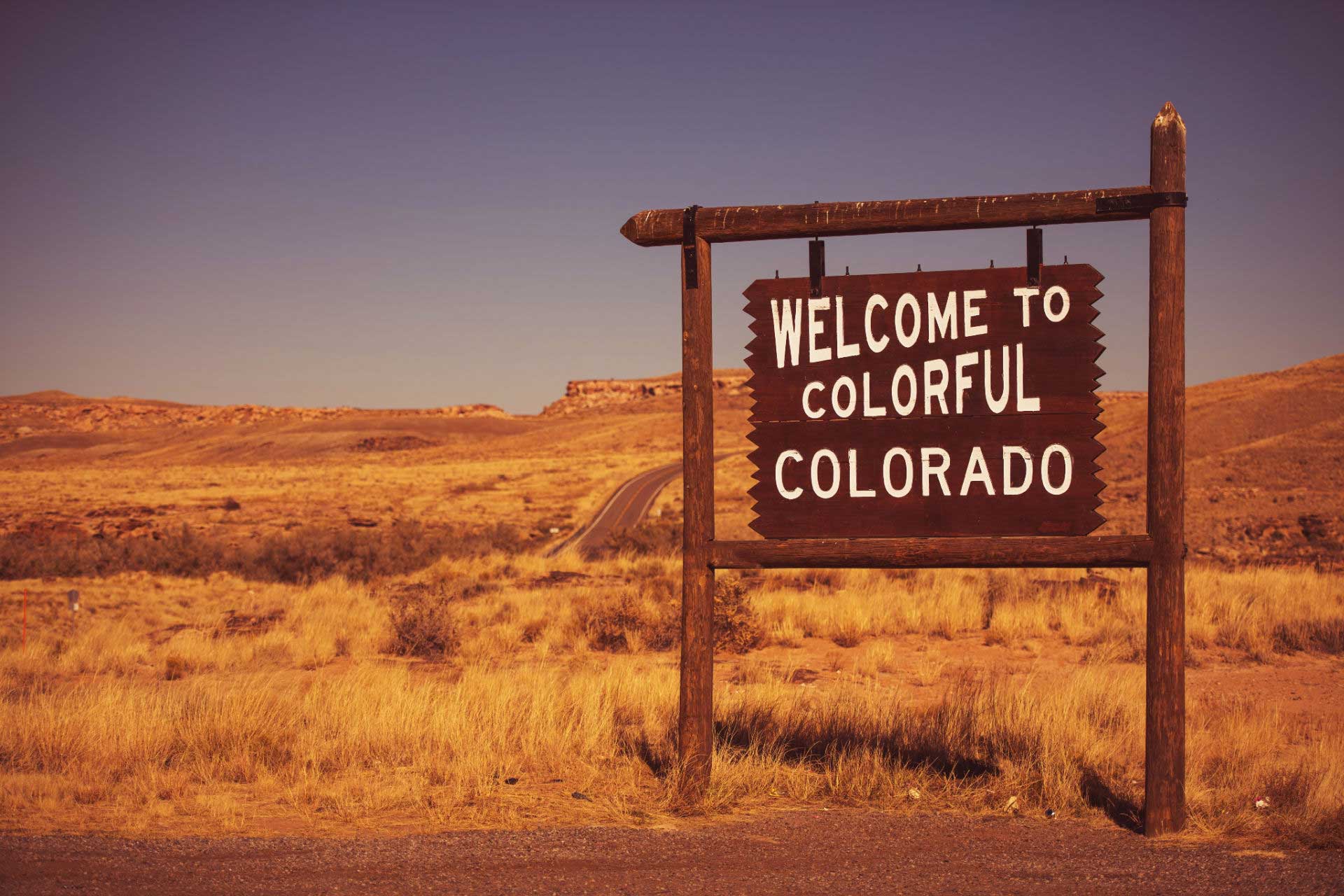
Another Big Difference: Cannabis Plants and THC Cannot Cross State Lines
Earlier, we mentioned how federal law regulates interstate commerce. Since cannabis remains illegal at the federal level, all legal medical and adult-use (recreational) products must be produced with marijuana grown and processed within that state’s borders.
How does that work for brands sold in multiple states? That’s a good question! We have several Leaf411 supporting members, including Wana, incredibles, Altus and Mary’s Medicinals, that offer cannabis-infused products in more than one state.
In most cases, brands like incredibles set up licensing and manufacturing agreements with in-state producers who have in-depth knowledge of the state’s regulatory environment and trusted relationships with state cultivators. The brand shares proprietary recipes, procedures, potency and testing requirements with the manufacturer to ensure the final product is the same quality and consistency that would be found in any other state.
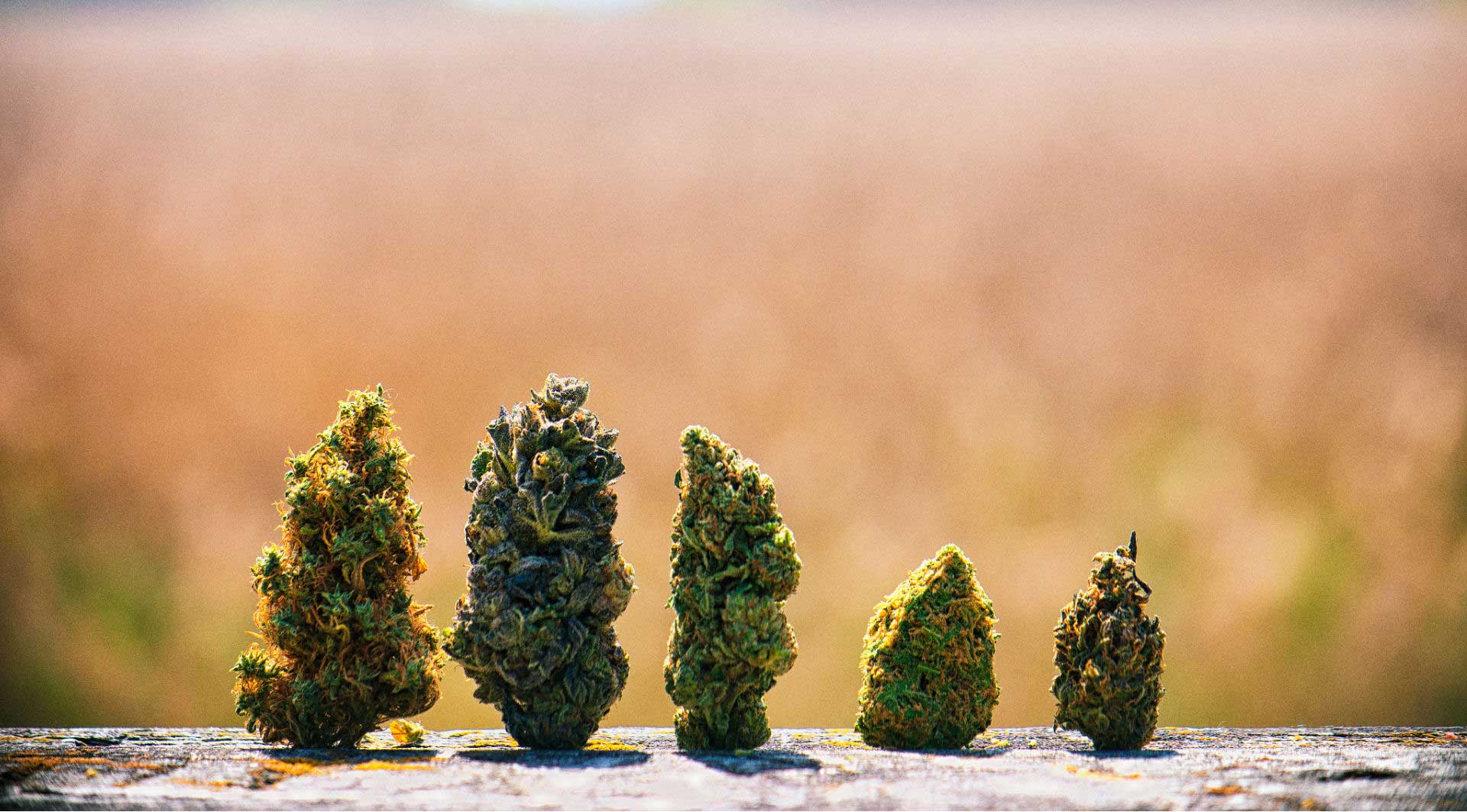
How Cannabis Flower Differs Between States
California’s Humboldt region is legendary for producing the best cannabis in the United States. In part that has to do with the decades of experience California farmers have in carefully cultivating unique, terpene-laden cultivars (more commonly referred to as “strains”), but it also is the result of growing the plant in an optimal environment that includes a mix of rich soil, ideal temperatures, precipitation and sunlight.
Needless to say, Bubba Kush flower grown outdoors in California’s Humboldt region will be different than Bubba Kush cultivated indoors in Massachusetts. One is not necessarily better than the other, though cannabis consumers will likely have opinions on which they prefer.
Even within states or local regions, a cannabis strain may vary in potency and flavor depending on specific cultivation techniques, time of year, and harvesting practices. In that way, cannabis is not so different from the produce you buy at your local organic market.
Also, as long as federal prohibition exists, the cannabis legally available in your state will generally reflect the genetics developed by growers in your area. While the Bubba Kush in your area may share similar genetics as the Bubba Kush in another part of the country, there will also be distinct differences in terpene profiles and effects that you’d easily notice if you sampled both products side-by-side.
Medical marijuana patients sometimes get frustrated in their search for a specific strain to address their health concerns, without realizing that other strains might provide the same or even better benefits. Our cannabis-trained Leaf nurses have specialized knowledge and experience helping patients find the best cannabis strain for their needs. Call our free hotline at 844-LEAF411 (844-532-3411) for help with your cannabis questions and concerns.
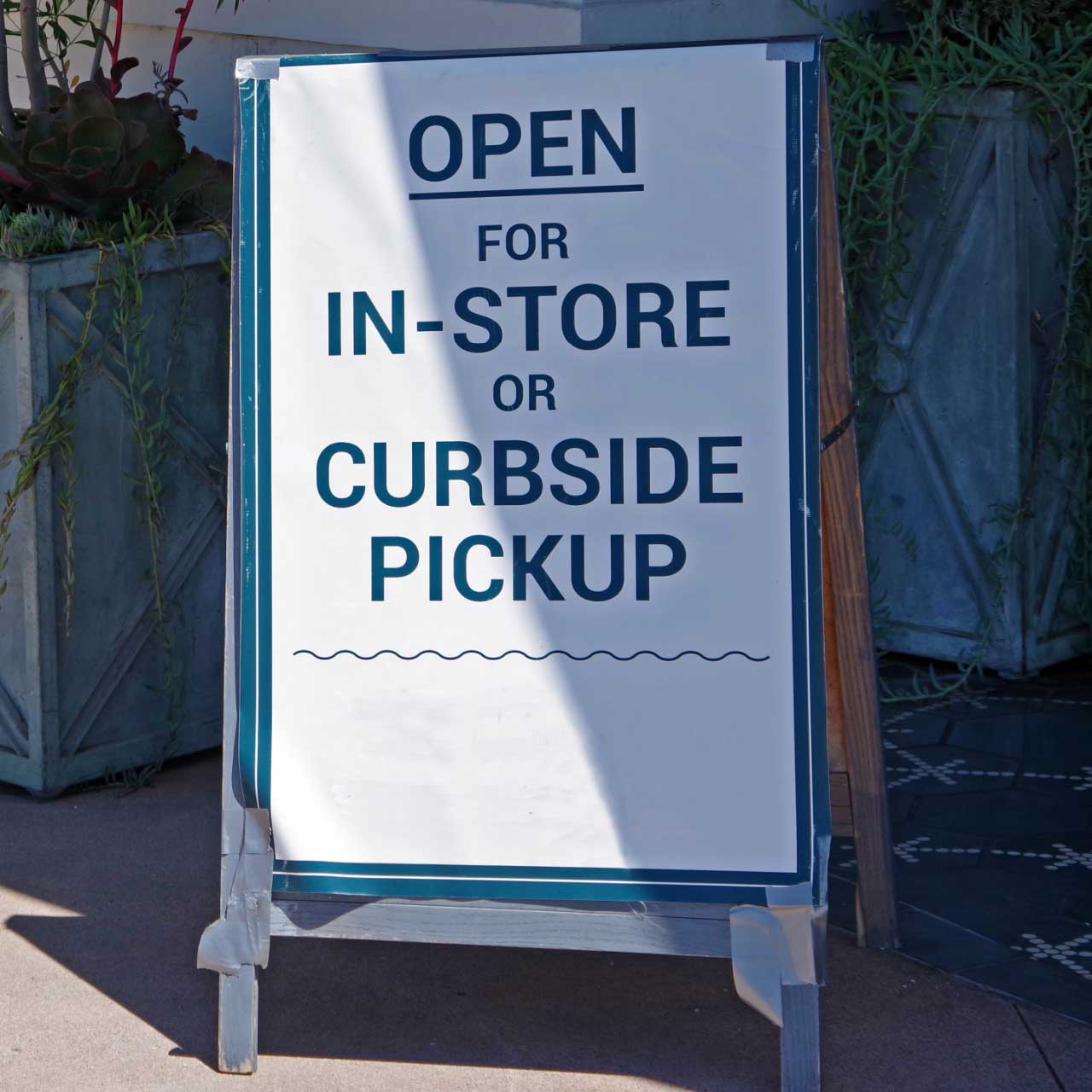
Cannabis Delivery, Curbside Pickup or In-Store: It All Depends on Where You Live
One of the big cannabis stories in 2020 was the rapid expansion of cannabis home delivery, offering a safe shopping alternative for consumers who didn’t want to risk visiting a dispensary. However, depending on where you live and whether you’re a medical marijuana patient or adult-use consumer, your options may remain limited to in-store pick-up. Even in states like Colorado, which technically allows delivery, the delivery licenses are being rolled out slowly, with the final decision left up to individual cities.
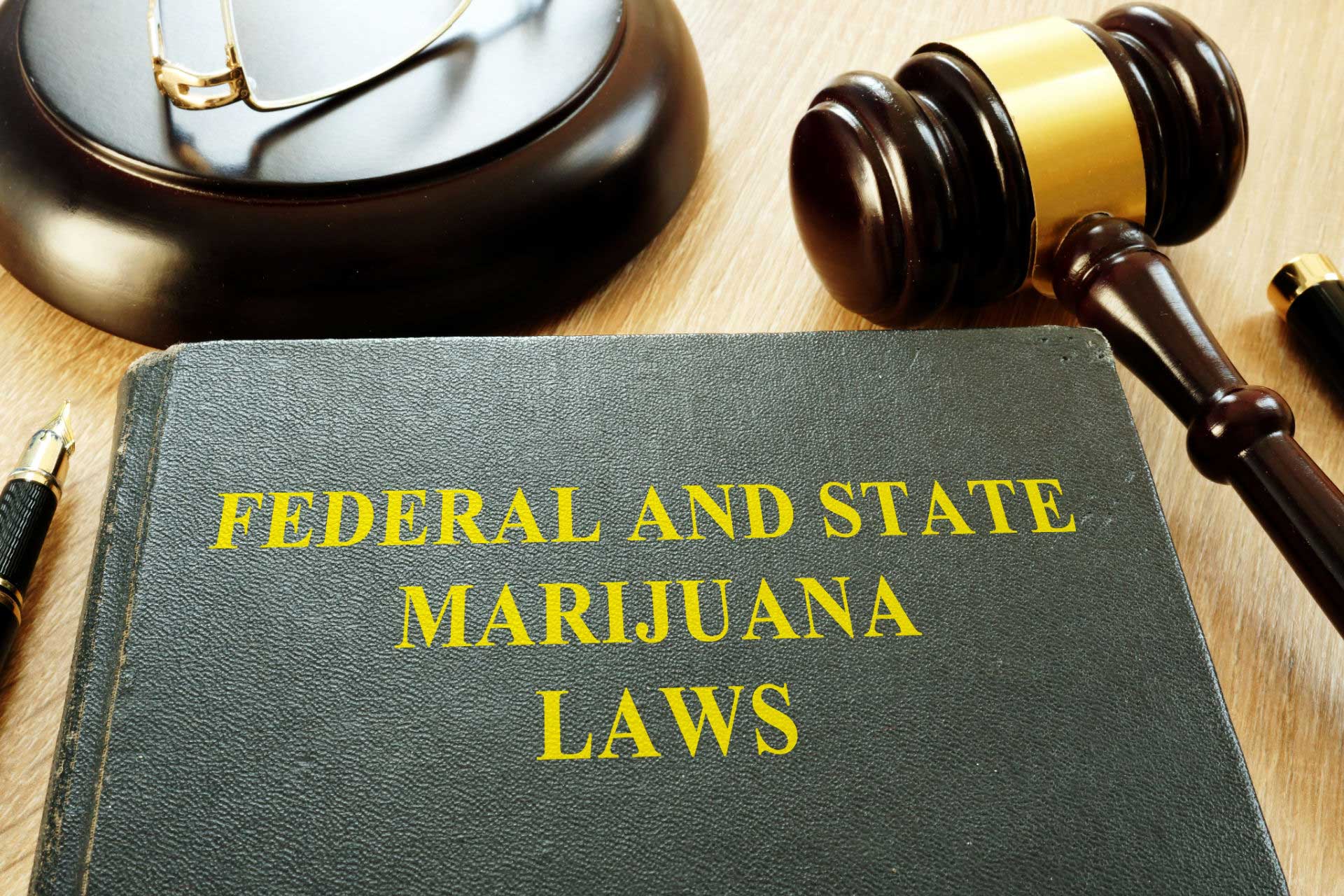
What Will Federal Cannabis Legalization Do?
Many people believe that if federal legalization occurs, cannabis will go the way of CBD hemp—lightly regulated and widely available in stores and online.
However, it’s more likely that legalization will lead to cannabis looking more like the legal alcohol market. States would continue to regulate adult-use and medical marijuana in much the same way as before, albeit without the risk of federal crackdowns.
On the bright side, legalization will drive progress on the cannabis banking front, allowing dispensaries to accept credit card payments, reducing the IRS 280E tax burden on plant-touching cannabis businesses, and opening up banking services like loans and lines of credit that are available in other sectors.
Also, legalization will effectively end the destructive War on Drugs that has incarcerated millions of Americans for low-level, non-violent drug possession convictions. Believe it or not, the number of drug arrests has continued to increase over the past 10 years, even as more states legalize. Marijuana possession makes up the majority of those arrests, with Black, Indigenous and people of color arrested, charged and convicted at higher rates than their white peers.
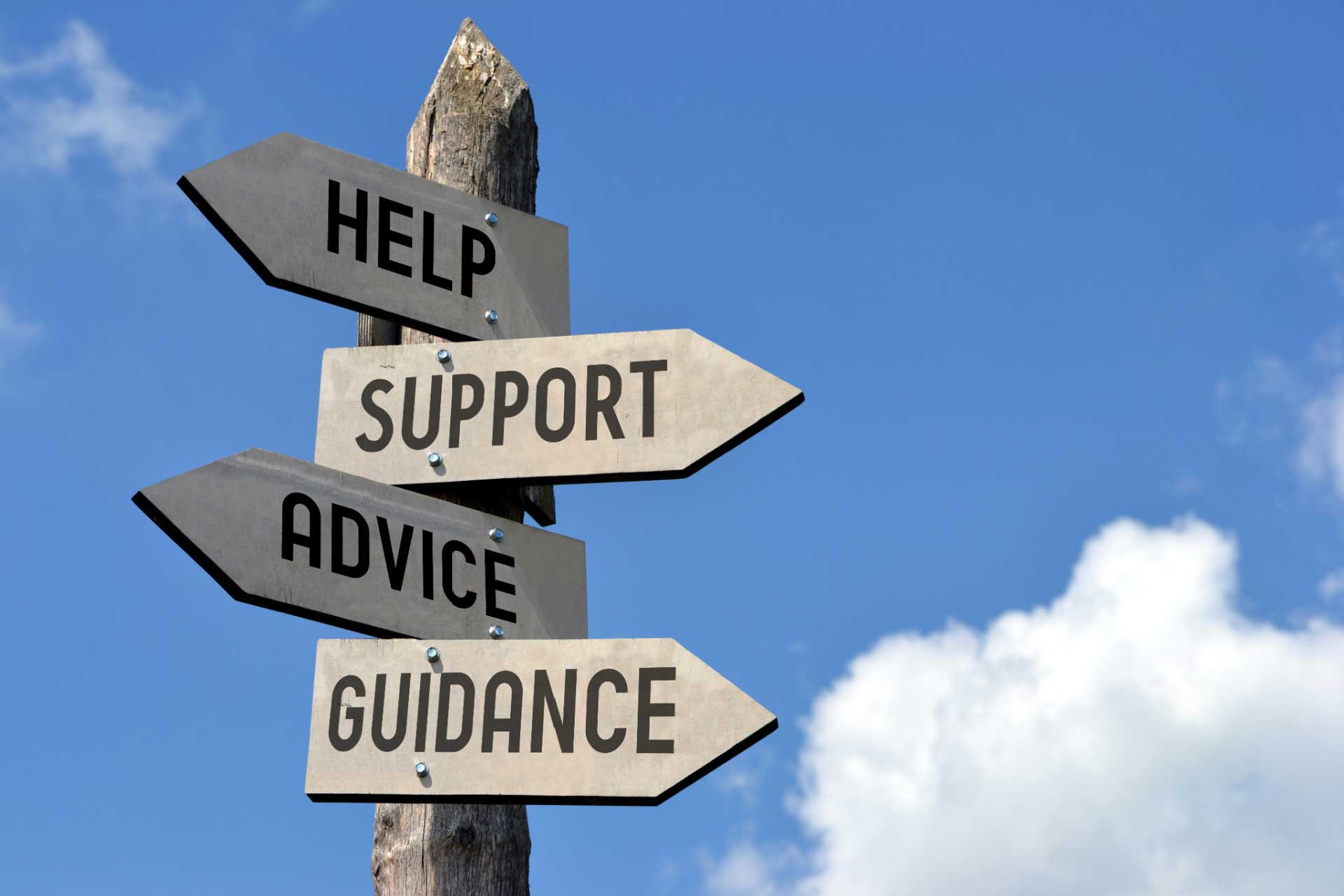
The Cannabis Landscape Is Changing—and We’re Here to Help You Navigate Your Options!
Regardless of where things stand with cannabis reform, our Leaf nurses can help you navigate the legal options available in your area, whether you’re seeking cannabis for pain relief, improved sleep, or simply for relaxation and stress relief. Even in states without legal cannabis, CBD hemp is an option that may help with common health concerns or wellness goals. Talk to one of our cannabis-trained, fully licensed RNs today at no cost at 844-LEAF411 (844-532-3411).
